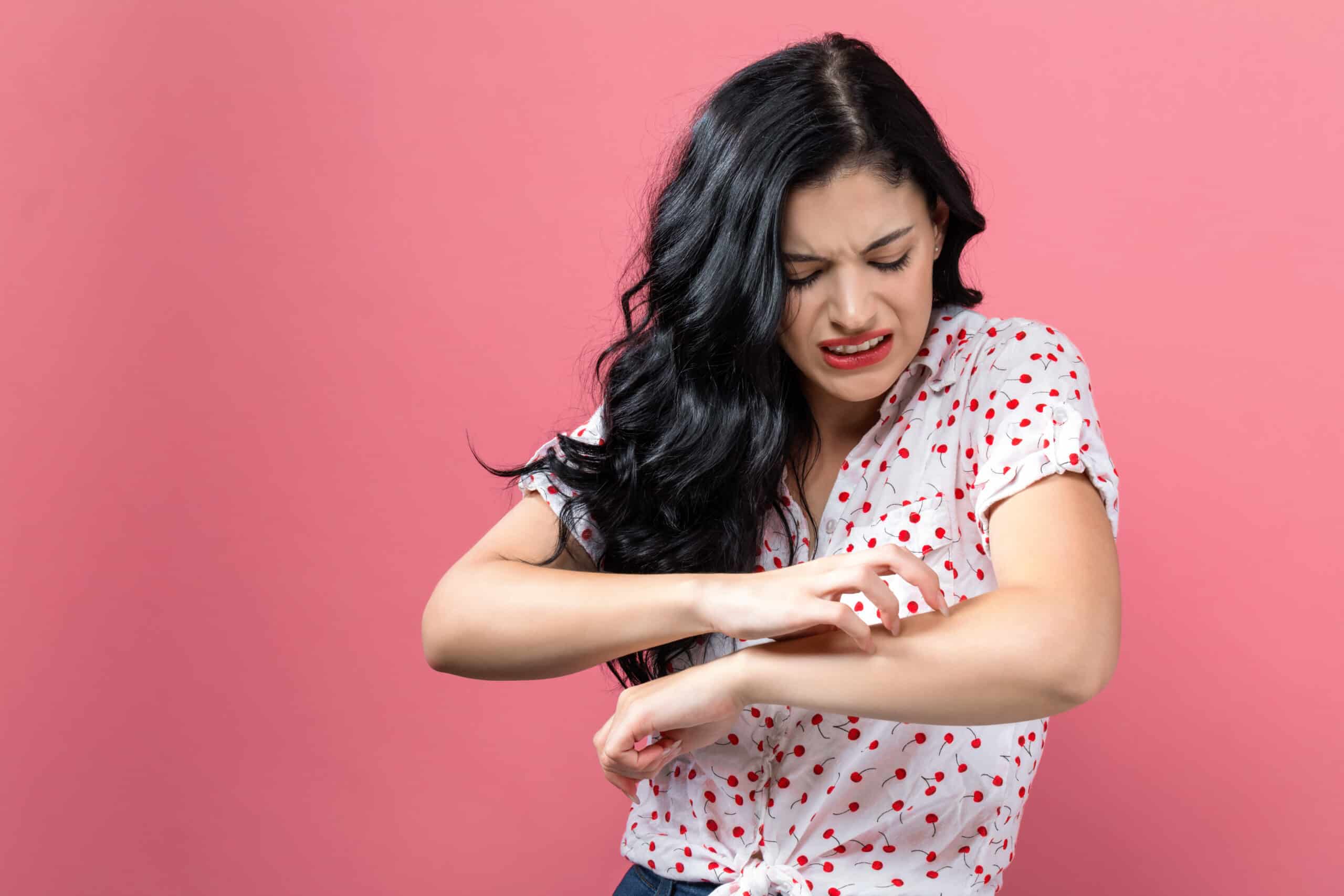The tropics is a beautiful place to live, but it is also the perfect environment for fungi to live in too. Fungal infections can range from mild to severe. To protect yourself, it is important to know the types of fungal infections, the symptoms they present, and how to reduce your chances of contracting one.
Tinea Capitis also known as Ringworm of the scalp, is a fungal infection that can cause round patches of hair loss, scaly skin, and itching (there is no worm, it’s just a circular looking rash). It is highly contagious and can spread through direct skin-to-skin contact as well as through contact with contaminated surfaces, clothing and combs. Treatment consists of antifungal medications and creams, as well as good hygiene practices to prevent re-infection. Fortunately, with prompt and proper treatment, the infection can be cleared up quickly and effectively. However, if left untreated, it can cause permanent hair loss and scarring. Therefore, it is important to follow up with your health care provider if you suspect you or your child have Tinea Capitis. It is most common with children aged 3 – 7 years old.
Athlete’s Foot is a common fungal infection that affects the skin on the feet, particularly between the toes. It is caused by a type of fungus known as dermatophytes and is usually associated with damp, warm and humid environments. Symptoms include itching, burning, and flaking of the skin, as well as redness and cracking of the skin. Treatment is available to reduce discomfort and prevent further spread of the fungus, and can include antifungal creams and powders, as well as changes to clothing and footwear. Additionally, keeping the feet clean and dry, as well as wearing sandals in public places (rather than barefoot), can help to reduce the risk of infection.
Candidiasis is a fungal infection that can affect the skin, mouth, oesophagus and other areas of the body. It is caused by an overgrowth of the yeast-like fungus, Candida, which is normally found in small amounts in the body. Symptoms of candidiasis include white patches in the mouth, soreness, redness, and swelling of affected areas, as well as itching and burning sensations. Treatment typically involves antifungal medications, as well as lifestyle changes, such as eating a healthy diet and avoiding sugary foods. Furthermore, reducing stress and boosting immunity can help to prevent and treat candidiasis.
Jock Itch is a common fungal infection that affects the groin area, causing intense itching and irritation. It is caused by a fungus that thrives in moist and warm environments, and can be exacerbated by tight clothing and prolonged sweating. To treat jock itch, it is important to keep the skin clean and dry, and use antifungal medications both topically and internally. Additionally, wearing loose-fitting clothing made from breathable fabrics and avoiding prolonged sweating can help prevent jock itch from occurring again. Ultimately, by following these simple steps, jock itch can be managed effectively and efficiently.
Pityriasis Rosea is a type of skin infection that is caused by a group of fungi, which can result in an itchy, scaly rash and skin discoloration. It usually starts with an oval, slightly raised scaly patch. Fortunately, it is usually easily treated with antifungal medications. In some cases, however, the infection can cause more serious complications, including headaches, nausea, and even fever. Therefore, it is important to seek medical advice if the infection persists or worsens. It is most common in 10 – 35 year olds and often after having a virus.
Prevention is Key
Fungal infections can be prevented by following good hygiene practices. Regularly showering or bathing and washing hands often, particularly after coming into contact with any object that may be contaminated, can help to reduce the risk of fungal infections. Furthermore, it is important to ensure clothes are washed regularly and to avoid sharing items that may come into contact with the skin, such as towels, combs and clothes. Additionally, keeping feet dry and avoiding tight-fitting shoes can help to prevent fungal infections. Finally, avoiding contact with other people who have a fungal infection can help to decrease the risk of infection.

Discover more about all things Health.





